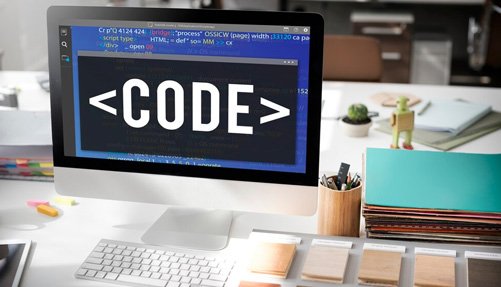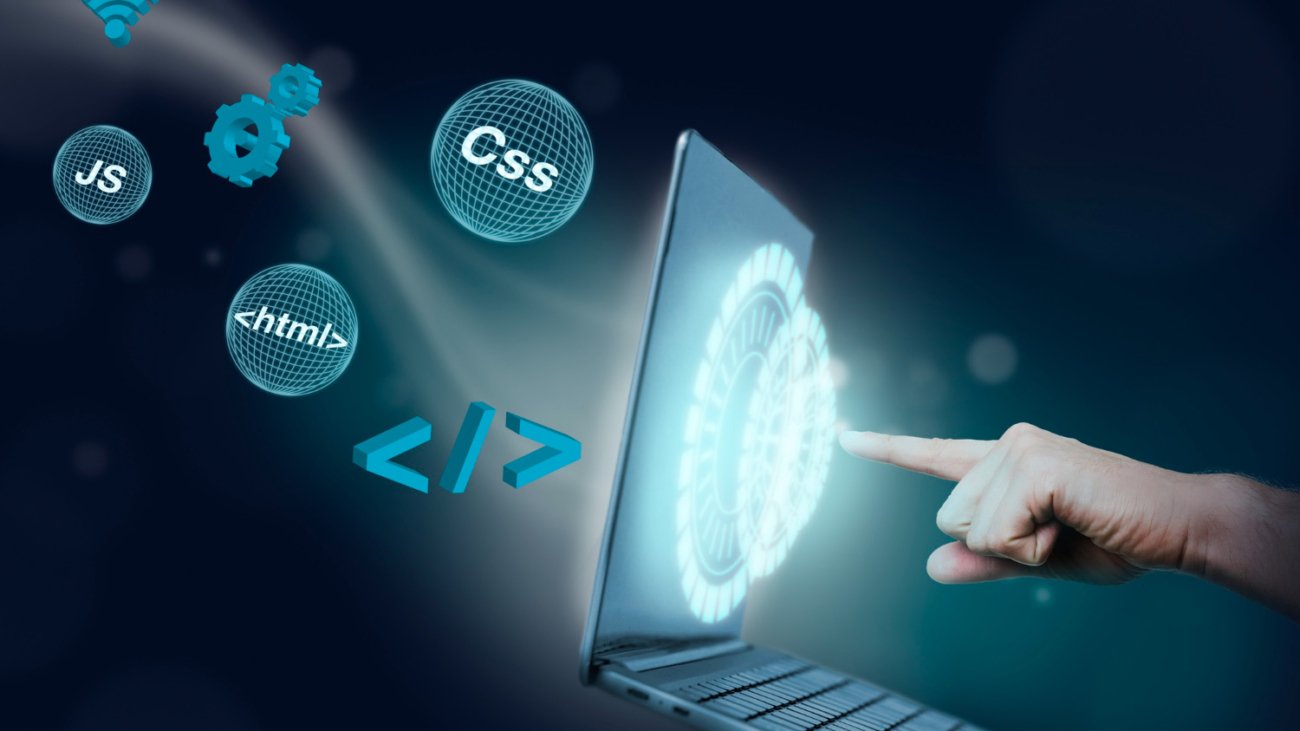The emergence of No-Code technology is the new trend in the tech market, and it is a boon and bane for the programmers of this generation. On one hand, it decentralizes the software development process, which allows people without coding skills to develop applications. On the other hand, it raises questions about the continuing demand for coding skills for programmers in a world where citizen developers create most applications. This article will discuss the benefits and risks of No-Code platforms in terms of statistics, examples, and specialists’ opinions.
What are No-code platforms, and why are they trending?
Platforms like Bubble, Webflow, and Airtable are No-Code tools designed to build and launch applications and software solutions without code. These tools use GUI interfaces, widget components and solutions, icons and drop-down menus, and templates to ease development. Gartner highlights that in 2025, new application requirements exceeding 40% of enterprises will adopt No-Code and low-code technologies from 2020.
Therefore, the beauty of No-Code tools is that they are easy to use and fast. It is convenient for small businesses to create an e-commerce site using Shopify, which, too, takes a couple of hours to do without hiring developers or learning any programming language. This democratization encourages prototype creation, as everyone can implement a proposal without reasonable capital or technical constraints.
How Are No-Code Platforms Changing the Development Landscape?

The nature of Replit’s business and its value proposition can provide insight into what No-Code is and does. The platform now exemplifies using Claude for AI coding, with CEO Amjad Masad stating: They cited that none of what they do currently involves caring about professional coders anymore. This assertive positioning can only be seen as underlining that No-Code is an ionary revolution. Masad’s “Amjad’s law” is as follows: Codebase knowledge returns, which is how quickly No-Code flips development.
Could no-code technology change software like Windows changed PCs?
No-Code’s progression charts out the path of visual operating systems as well. When emerging in the 1980s, PC-DOS required the user to input commands manually—a rather complicated procedure. Had it been so, they would have taken a more advanced step with Windows and the BlackBerry, introducing a point-and-click interface with nested menus. Likewise, No-Code seems to do away with programming constraints, enabling nearly everybody to develop application software.
What are the problems of the no-code platforms?
Although No-Code tools elicit a great deal of interest, the tools are not without their issues. Most users consider these platforms rather than user-friendly because they struggle to understand such concepts as variables or conditional flows. However, there is a long way to go compared to the established systems involving website builders, etc., where the simplicity of use is attained. However, some effort will still be needed to capture non-technical end-users.
The experiment with Wix and Squarespace shows the difference. While there are tools for website building, there is a scarcity of tools for software building. A solution in this sense similar to Windows’ GUI revelation is required to fill this gap.
What does No-Code mean for Programmers?
That leads to the question: What does no code mean for programmers? Manual coding is still relevant when the projects are large and complicated. Programmers also create complex systems that drive No-Coding tools. This movement of developers is possible as No-Code tools become more accepted, from building applications to modifying and enhancing them. “No-code tools are not a replacement for developers; they are a complement,” states Vlad Magdalin, Webflow CEO.
This means programmers’ flexibility will be key to their success and applicability. Professionals should adopt cloud computing, AI, and No-Code integrations to extend their career lifespan. For instance, a developer who identifies with improving No-Code solutions using APIs or complex logic will always be essential.
How Are No-Code Tools Being Used in the Real World?
Many testimonials speak for No-Code’s possibilities. No-Code school Makerpad, bought by Zapier 2021, is a perfect example of a platform that does not use explicit coding. Businesspersons build individualistic applications on Glide for delivery services or a fitness regimen. However, scalability and customization issues are severe with No-Code tools, which prevents them from tendering enterprise-grade software, implying the need for traditional development.
What Does the Future Hold for No-Code Technology?
Eventually, No-Code technology has emerged as the disruptive force that reconstructs the basis for software development and answers the imperative questions: liberating the process from exclusive code authors’ monopoly while at the same time posing a new set of questions to coders. Instead of announcing the death of coding, it reinvents it on a different level. As a complementary tool, No-Code solution-oriented programmers can contribute to being pivotal to how technology continues to develop.

